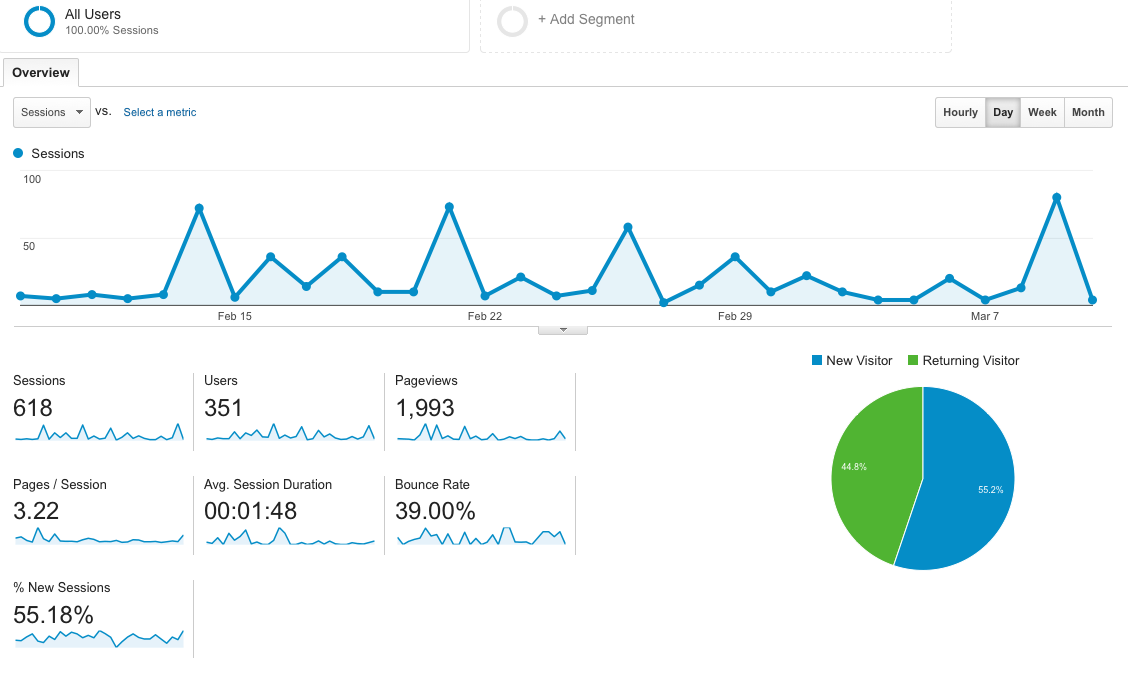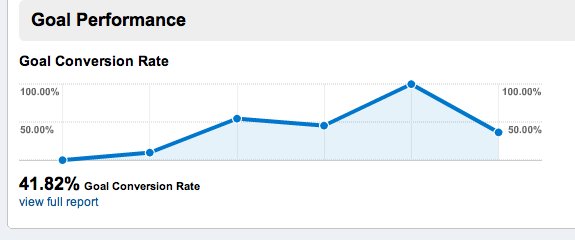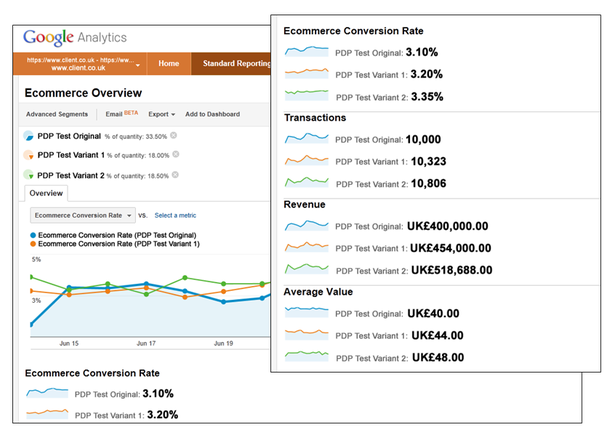Web analytics make it possible for digital marketers to evaluate what’s working and what’s not. Visitors to your website may seem like anonymous ghosts at times, but when you use Google Analytics, you can know when they visit, what they visit, how long they stay, and much more. This information is gold. If you’re not currently using analytics, you’re missing out on opportunities to attract more traffic and improve your conversion rates. That’s why we’ve put together a list of 10 tips on how to use web analytics for better innound marketing, from an inbound marketing company in Brooklyn.

Check Your Analytics Daily
You probably don’t want to add anything to your daily to-do list, but this one is easy. Set up Google Analytics to receive a daily email report. Your report will show you which of your pages received the most traffic during this day. Use these reports to leverage social media on your most-visited pages or to publish additional blog posts on popular topics.

Keep Them On Your Site
In your analytics reports, look for pages with high page view as well as high bounce rates. This tells you that readers don’t have a clear path to take after they read it. How can you keep their attention? Try providing a feature with related content or a relevant Call to Action.
Eliminate What’s Not Working
On a regular basis, maybe quarterly, look at which pages are receiving the fewest visitors. You may want to delete these pages or blog posts as they’re not contributing to your digital marketing and could be cluttering your website.

Set Goals
Your analytics are a great starting point for setting goals. If you want to increase traffic to your website, set reasonable but challenging goals, complete with a deadline, and then create specific campaigns to reach your goals.

Examine Your Referrals
Another important piece of information from Google Analytics is the list of websites that have sent you the most traffic. Look carefully at each referral and what their writers are sharing on social media. This can help you to know where to focus your digital marketing efforts and whom to follow on social media.

Look at Long-Range Trends
If you’re checking your analytics daily but you never look at longer term reports, you can get bogged down in the weeds and make knee-jerk decisions. Once a month, record your data on a spreadsheet so you can easily see how your analytics change from month to month. Long-term trends can be very illuminating.

Focus on Metrics that Matter
Facebook fans and press release shares are important, but unless you create clear conversionpaths from Facebook or other Social Media networks to your offers and promotions, these metrics don’t necesserily correlate to increased revenue. Generally speaking, engagement metrics are more indicative of conversions, so focus on these.

Test and Learn
Test your website for conversion rate optimization by experimenting with your website, testing it, and then analyzing the results with Google Analytics. Focus on one area at a time, and keep experimenting until you find a formula that works.

Create an Alert to Monitor Error Pages
Those 404 Error pages are really annoying, and you certainly don’t want to annoy visitors to your website. Set up an alert in Google Analytics to monitor your site for error pages and email you whenever there’s a problem.

Analyze Conversion Rates per Device
How is your mobile conversion rate? With Google Analytics, you can see how your conversion rates compare on tablets, desktops, and mobile devices. If your mobile conversion rates are down, consider optimizing your site for mobile devices.

About Park Slope Softworks: Park Slope Softworks is a Digital Marketing Agency, Specializing in Inbound Marketing services, that helps businesses get new leads and grow their businesses by creating targeted content and exposing the right audience to it. You can reach us at 646-519-3534 or send us an email to: ilan@parkslopesoftworks.com For more information about analytics, contact us at Park Slope Softworks, Brooklyn SEO consultants
Looking for more tips on optimizing your wenbsite? Checkout our optimization guide.






